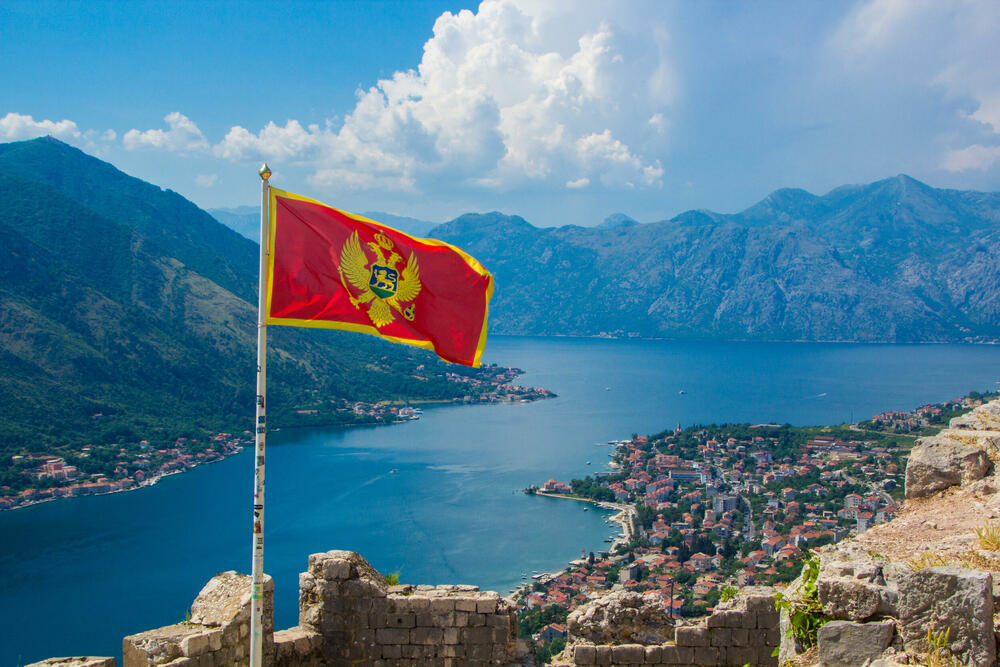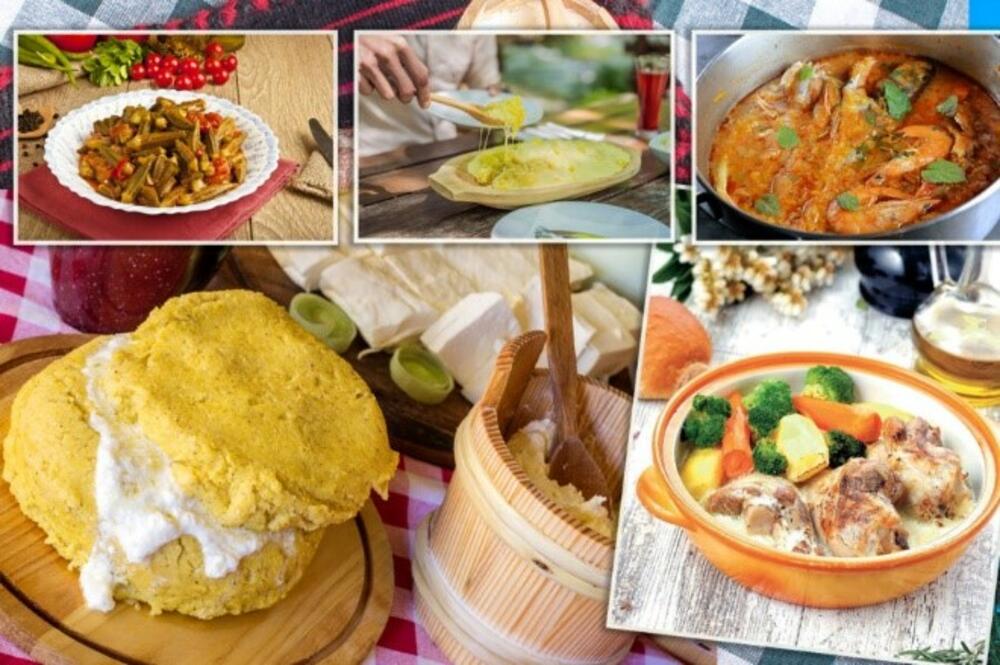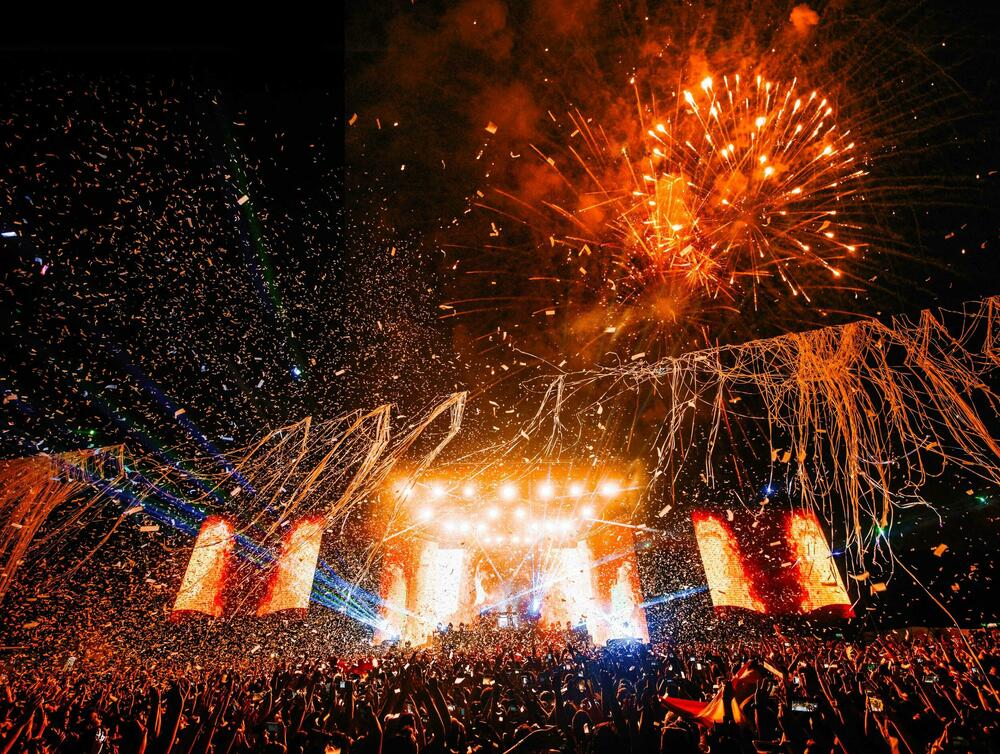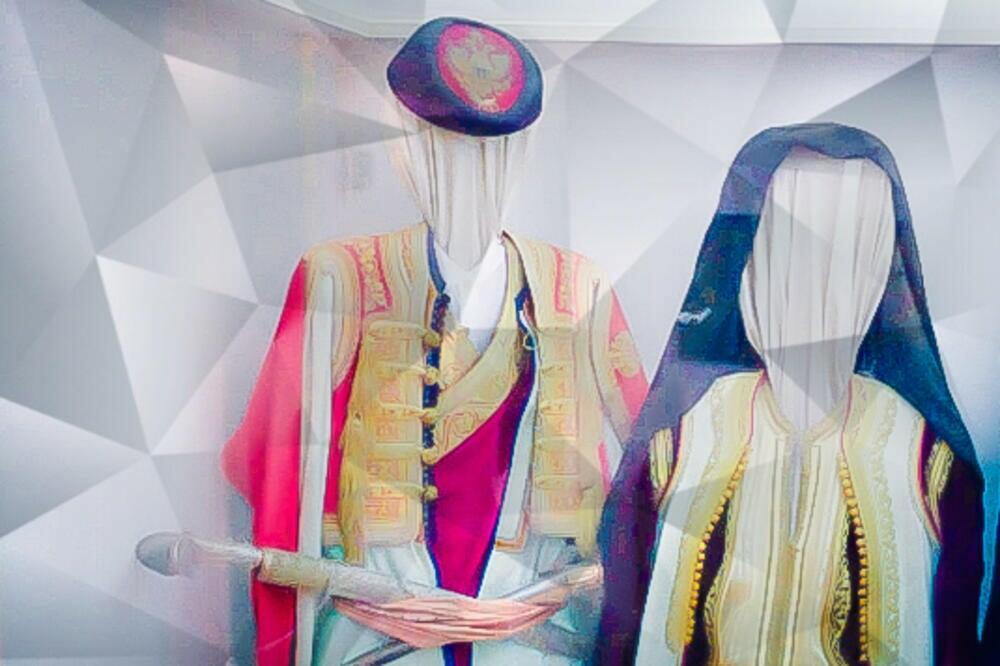Historical Background
Montenegro's rich history stretches back centuries. From its medieval roots as a principality to its days of struggle against the Ottoman Empire and later being part of Yugoslavia, the country has been shaped by numerous influences. Montenegro's strategic location at the crossroads of different civilizations has left a lasting impact on its culture and heritage.

Today, Montenegro proudly showcases its historical heritage through its impressive fortresses, monasteries, and cultural festivals. The medieval walled city of Kotor, with its narrow streets and well-preserved architecture, is a testament to the country's past. The Ostrog Monastery, perched on a cliffside, is a spiritual and architectural marvel that attracts pilgrims and tourists alike.
Throughout the year, Montenegro hosts various cultural festivals that celebrate its history and traditions. The Kotor Carnival, held annually in August, is a vibrant event filled with colorful costumes, music, and dancing. The festival brings locals and visitors together to experience the lively spirit of Montenegrin culture.
The Montenegrin Way of Life
One of the most fascinating aspects of Montenegro is its traditional way of life, which has been passed down through generations. Montenegrins hold their customs and practices close to their hearts, contributing to the country's unique identity.
Traditional Customs and Practices
Montenegrin culture is deeply rooted in customs and practices that reflect the country's rich history and diverse ethnic makeup. From the intricate wedding ceremonies that blend Christian and pagan traditions to the celebrations of Slava, a religious holiday unique to Montenegro, the customs showcase the vibrant tapestry of the local culture.
Language and Communication
The Montenegrin language is the official language of the country. It is part of the South Slavic language family and is closely related to Serbian, Croatian, and Bosnian. The Montenegrin people are warm and welcoming, always happy to engage in conversation and share stories of their fascinating heritage. In the main tourist spots, locals quite often speak Russian and Ukranian as well as English and other international languages.
Montenegro's Unique Cuisine

No exploration of Montenegrin culture would be complete without delving into its delectable cuisine. Montenegro's culinary delights are a mirror of its geographical diversity and historical influences. Food plays a central role in Montenegrin social gatherings, bringing people together to share laughter, stories, and culinary delights.
Popular Dishes and Beverages
Montenegrin cuisine boasts a wide variety of dishes that tantalize the taste buds. From the famous ‘Kačamak’ to seafood delicacies such as grilled squid, fish, and octopus salad, there is something to satisfy every plate. Don't forget to pair your meal with a glass of the finest local wines or perhaps a shot of rakija, a traditional fruit brandy. The traditional Montenegrin meat, known as 'Pečenje ispod sača', involves cooking veal, beef, or pork meat in unique clay ovens for over six hours and will not leave you indifferent.
Montenegro is also known for is curet and dried prosciutto, specifically for microlocation ‘Njeguši’, which has deep roots in the culture and Montenegrin identity. Paired with ‘njeguški’ cheese and local fine wine, it is a delicacy one must experience.
Art and Music in Montenegro
Montenegrin culture is not just confined to its natural beauty and gastronomy; it also finds expression through its captivating art forms and melodious music. The traditional art forms of Montenegro, including intricate woodcarving, filigree jewelry, and vibrant embroidery, reflect the country's rich cultural heritage.

Music forms an integral part of Montenegrin culture, with a long history steeped in folklore and tradition. From the soulful sounds of ‘gusle’, a single-stringed instrument, to the vibrant melodies of klapa singing, Montenegrin music showcases the spirit of the nation.
Montenegro's local culture is a treasure trove of unique traditions, mouthwatering cuisine, captivating art, and diverse spiritual beliefs. Exploring the country's geography, history, customs, gastronomy, and artistic expressions provides a deep understanding of what makes Montenegro truly special. So, pack your bags, embrace the Montenegrin way of life, and embark on a journey that will unveil the many layers of this remarkable Balkan gem.
Bonus video:





